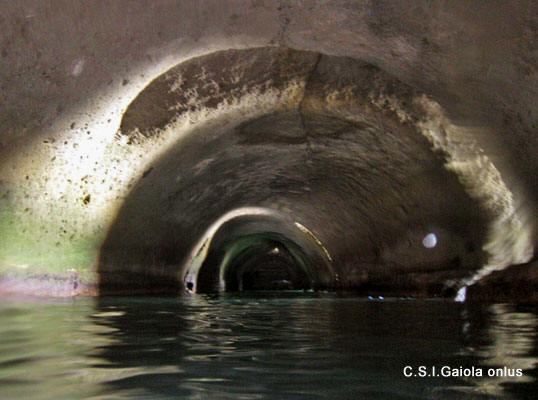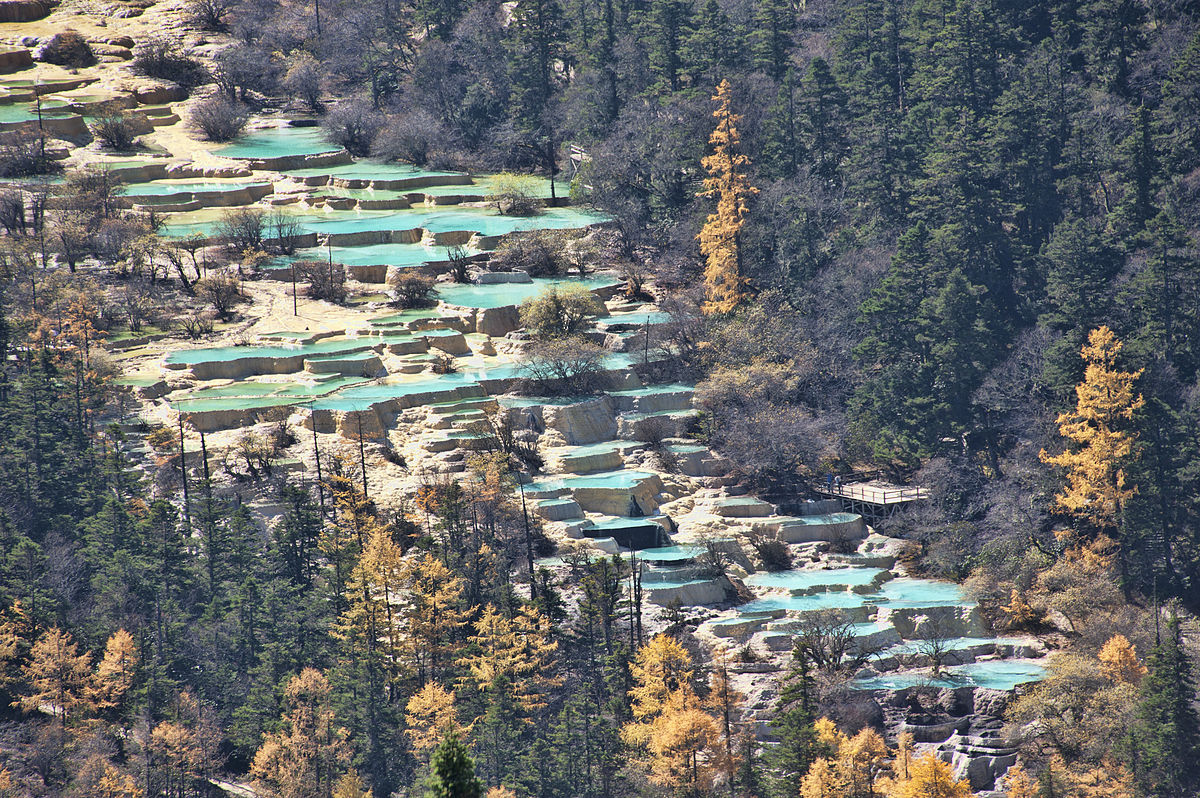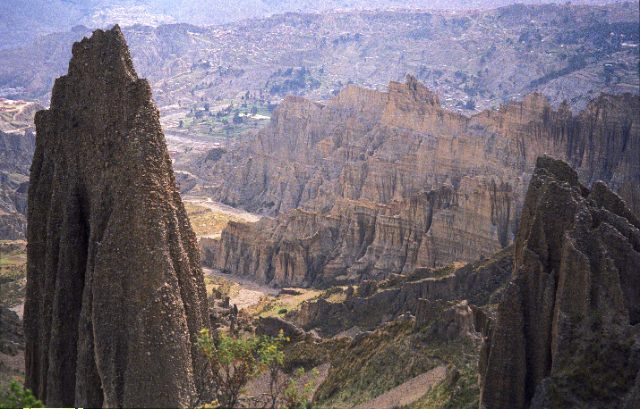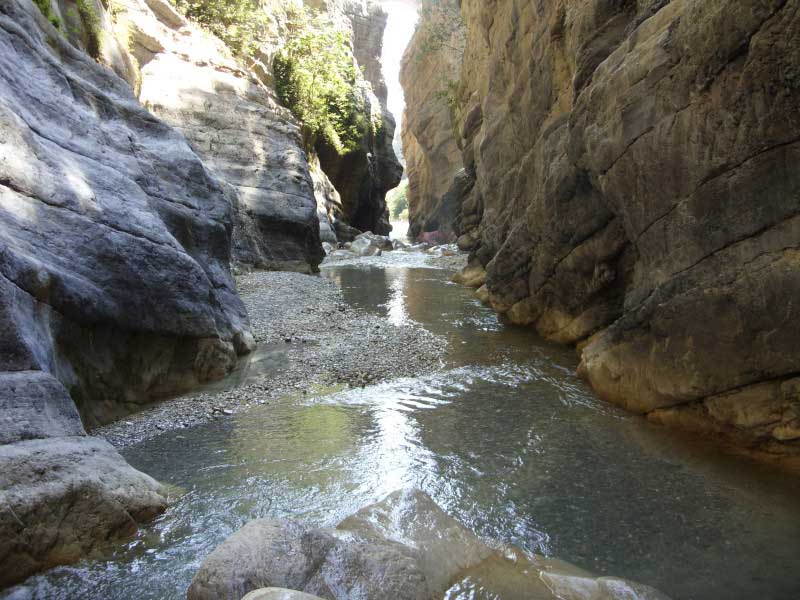The Grotta del Lazzaretto, located parallel to the road that connects the island of Nisida to the mainland is known to the scientific community for the research of Filippo Cavolini, the first Neapolitan marine biologist who used the cavity in a pioneering way as a natural laboratory in the field. Probably excavated in Roman times inside a rock called "Chiuppino" as a communication tunnel between the island of Nisida and the mainland, it is about 130 meters long, 5 meters wide and has a maximum height of 4.5 meters; its function was linked to the port installations still little studied, located near the island of Nisida. Its average depth is 2.5 meters.\ Above this cave was located the ancient lazaretto of the viceregal age and hence the name of the cavity itself. The lazaretto was used as a place of quarantine for animals and plants; therefore the isolation and the proximity of a port were necessary.\nStudied by researchers until the 50s of the twentieth century has seen a slow decline. The main entrance has a SW exposure and along the entire tunnel there are glimpses of light from the SE, so the cave is not completely dark but allows a visit full of charm.\nThe cave in Roman times must have been more elevated and the real "floor" of the cave is currently covered with sand that has settled after the closure of the other entrance NE, which occurred as a result of the filling of concrete made for the construction of the current connection between Nisida and Coroglio. In the upper part nothing is left of the ancient Bourbon Lazaretto, and in its place stands a crumbling concrete building. Currently both the rock of Lazzaretto and the cavity below are in a state of abandonment and degradation. The ancient Roman tunnel is full of materials of trisulta largely from the neighboring plant breeding mussel. In particular there are huge quantities of mussel nets, rubber sleeves, piping cordage, tires, used batteries, etc. ….













